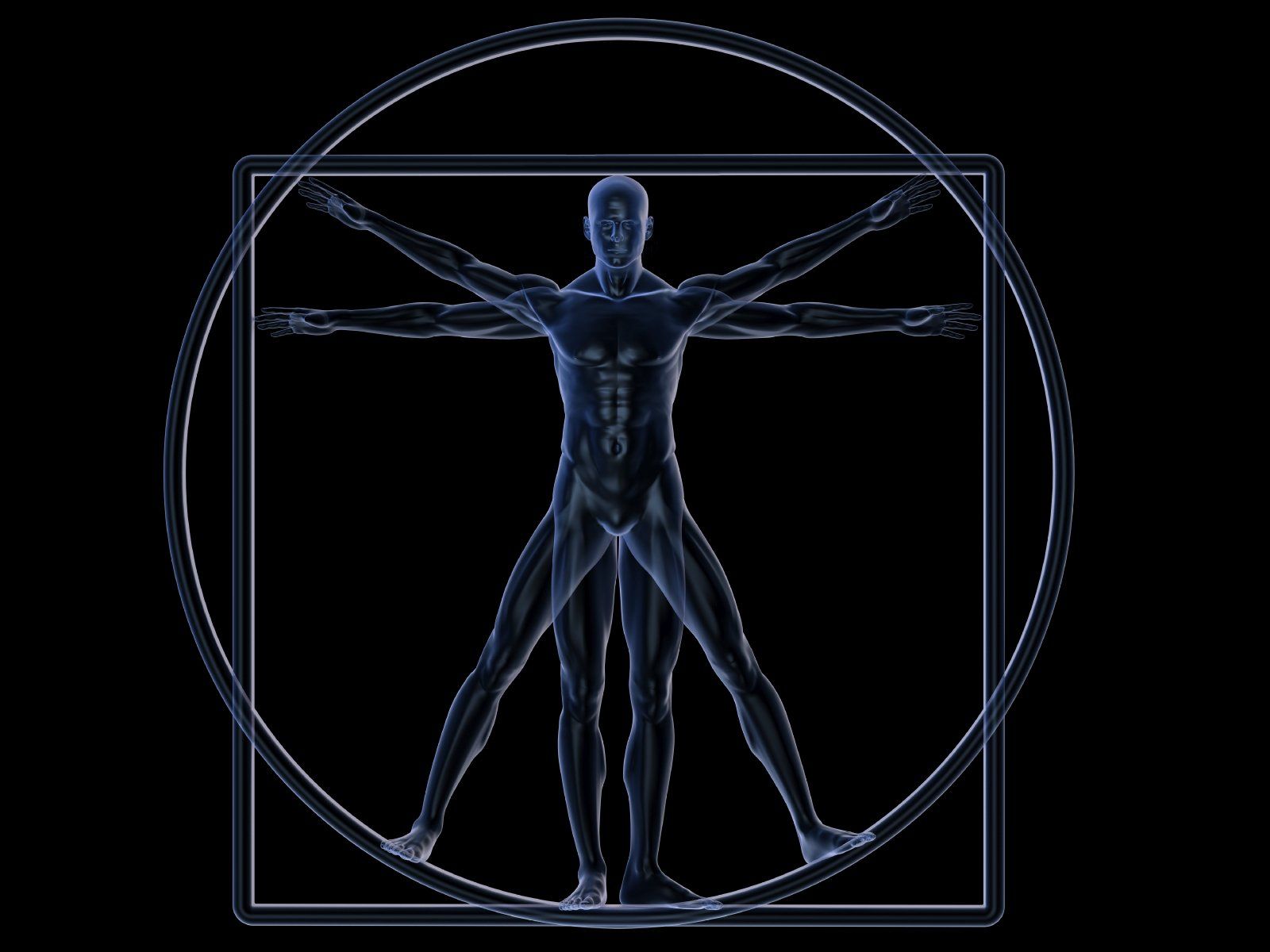
Invisible disturbances with enormous consequences
Disturbances, deviations or abnormalities in metabolic processes are called metabolic diseases.
In general, this means that the transport of substances is disrupted, which leads to increased or "faulty" production of metabolic intermediates.
As a rule, enzyme defects or an acute enzyme deficiency are the cause, which can be either genetic or acquired through external influences.
Lipid metabolism disorders
include a group of diseases that cause changes in blood lipid levels. Cholesterol is vital for the structure of cells. However, if lipid metabolism is disturbed, it can build up on the inner walls of blood vessels and promote cardiovascular diseases.
What are metabolic diseases?
Fat serves the body as an energy source and travels through the blood to the various cells. Since fats are not water-soluble, they bind to proteins, known as lipoproteins, for transport in the blood. However, if there is an excess of these, fat metabolism is disrupted. The most common metabolic disorders in this country are increases in blood fats, particularly cholesterol, and sometimes also in so-called neutral fats (triglycerides). Diabetes and fat metabolism disorders often occur together.
Possible causes of a metabolic disorder are:
- congenital, genetically caused lipid metabolism disorder
- wrong diet
- Obesity
- metabolic syndrome
- other diseases such as diabetes mellitus, hypothyroidism or liver diseases
- Taking medication such as cortisone or diuretics
What symptoms and risks occur?
Usually, lipid metabolism disorders do not cause any specific symptoms and therefore remain undetected for a long time. Nevertheless, it is a serious disease that can ultimately lead to serious cardiovascular disorders.
Possible signs of a metabolic disease:
- increased blood lipid levels
- Tingling or numbness in the hands and feet, arterial circulatory disorders
- yellowish nodules in the skin around the eyes, ears, arms or knees
Possible long-term consequences of impaired lipid metabolism can be:
- Arteriosclerosis, i.e. a narrowing and stiffening of the blood vessels
- increased risk of blood clots
- increased risk of heart attack and stroke




